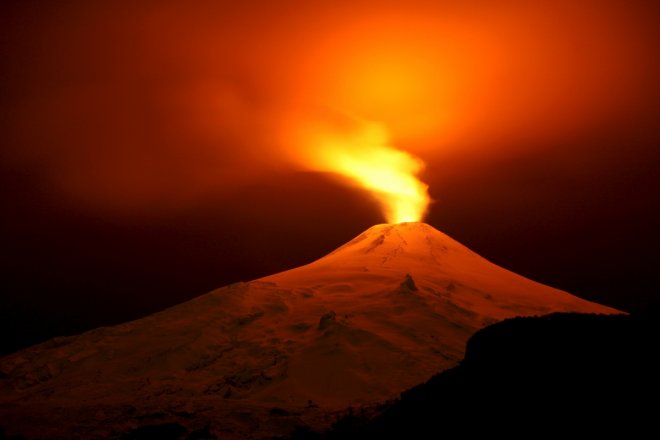
Thousands of residents were evacuated from villages near Mount Agung on Friday (September 22) as officials declared an alert status that was raised to the highest level, stating that an eruption could be imminent.
"Volcanic activity remains high and there are indications of magma rising to the surface and causing tremors," said Sutopo Purwo Nugroho of the National Disaster Management Agency. "There should be zero public activity within the specified radius in case there is an eruption," he further added.
Nearly 10,000 people have been evacuated so far as the inhabitants fear devastating consequences of the eruption in 50 years. People were terrified after they spotted clouds of smoke rising from the crater, which is 3,000 meters above the sea level.
According to the US Geological Survey, Indonesia resides on the "Pacific Ring of Fire" where several tectonic plates meet, causing 90% of the seismic activities to originate from there. Moreover, it has more than 130 active volcanoes, higher in number than any other country.
Series of volcanic eruptions in 1963 and 1964 saw nearly 1,000 people dead and many injured.
Experts from Indonesia's Centre for Volcanology and Geological Hazard Mitigation have issued warnings of a potentially "massive" storage of energy within the volcano and asked the local government to evacuate 49,000 people living within 7.5km of its crater. The center declared about 800 tremors within the crater on Friday.
"Based on our observation of the seismic activities, Mount Agung shows signs that its magma is rising to the surface," said Kasbani, Volcanology chief.
"Judging from the fact that the last eruption happened 54 years ago, the potential energy stored is massive."
During its eruptions, Agung has been a prominent injector of volcanic ash and sulfur dioxide into the atmosphere, affecting areas in the Pacific and the Indian Ocean. The activity that might occur once again in 50 years might have wider consequences.
Eruptions in 1963 and 1964
Mount Agung lies 3,142 meters above the sea level dominating the landscape of eastern Bali. The 1963 eruption was preceded by earthquakes, after which the flow of the lava extended for almost 7km down the northern slope, accompanied by small explosions. This led to a major explosion on March 17. Debris, consisting of red-hot lava blocks and ash, flowed down the slope and gases including pyroclast flows tore down the flanks destroying large areas on the northern and southern sides of the volcano.
Based on 1963's eruption there is a probability that the volcano might experience a major eruption in near future. Swelling and inflation of the volcano with the constant rise in temperature and composition of gases emerging from the crater provide a high possibility of an eruption.
Wider consequences of the eruption
There are many important consequences of the possible volcanic eruption, however, when the case of sulfur dioxide is considered, Mount Agung is particularly important.
Since 1963 it has been pointed out by atmospheric monitoring that vast amount sulfur dioxide is injected into the stratosphere from this volcano. Sulphur dioxide reacts with water vapor to form aerosols or droplets of sulphuric acid which can persist for months and years thus leading to increase in global atmospheric temperature. With all these hinting at an eruption, people are expecting a massive disruption in air traffic.
Mount Agung's eruption previously had killed many, leaving thousands homeless. This eruption after 50 years might be extremely impactful, according to the volcanology center.
Sutopo Purwo Nugroho further stated that locals are fearing volcanic activities similar to the one in 1963. "They were traumatized by what happened in 1963. Back then, there were a lot of tremors before an eruption occurred. That's why many are evacuating," he said.
"I have advised that we start evacuating vulnerable people like the elderly, the sick, pregnant women and children," added Made Mangku Pastika, Bali governor.
An unusual increase in temperature and a frequent smell of sulphuric gas at the volcano have been reportedly experienced. This, according to locals, is reminiscent of what happened before the 1953 eruption.








